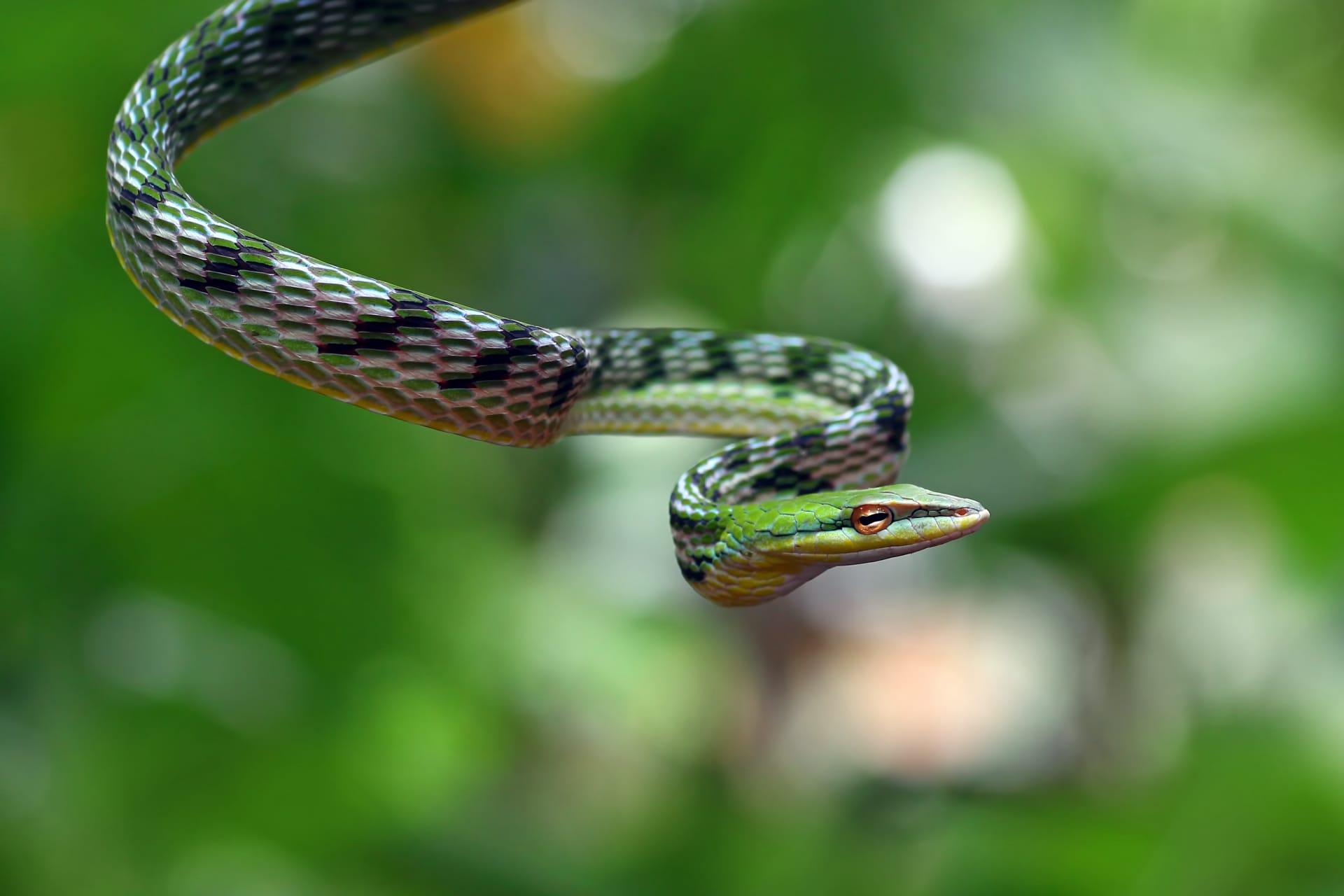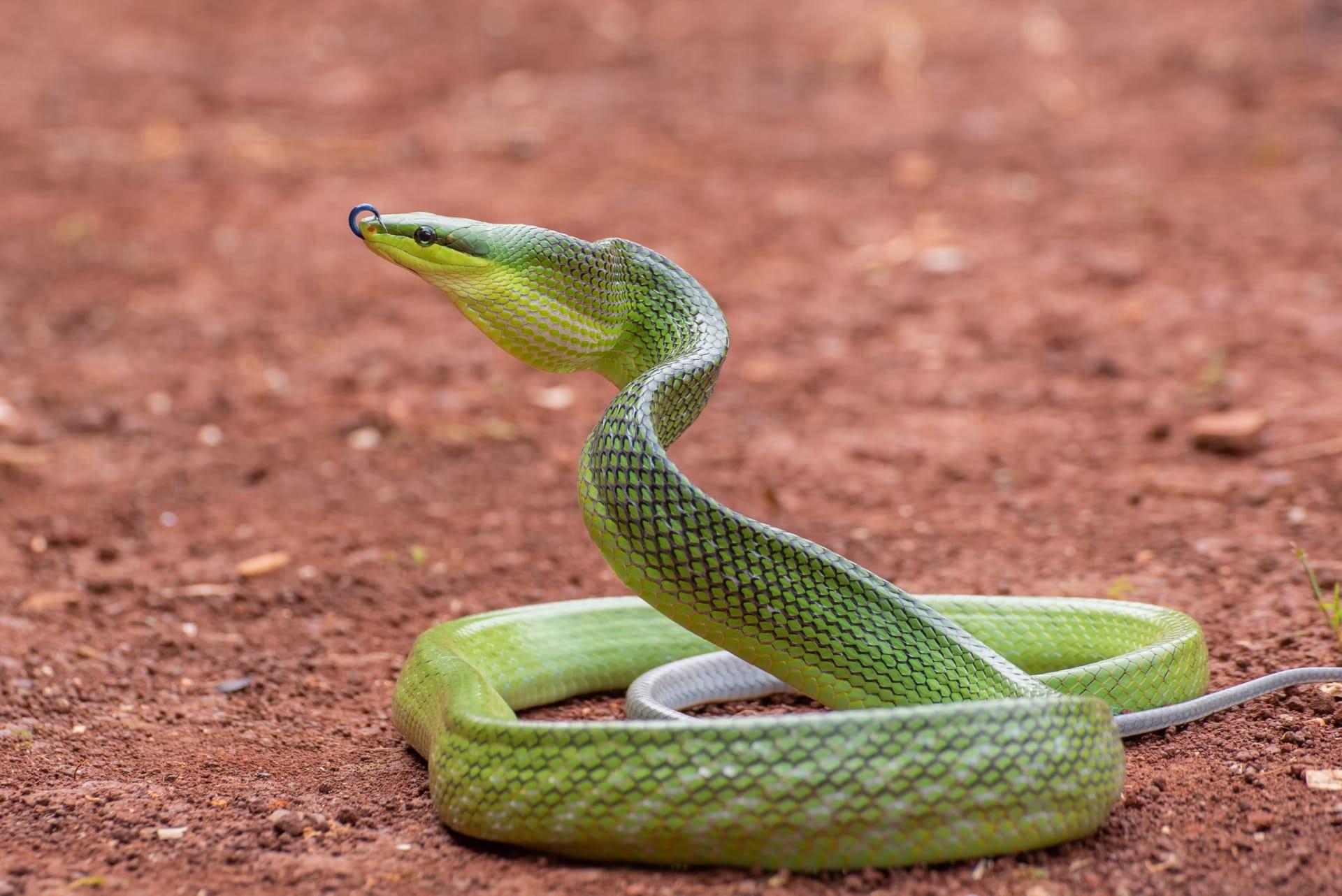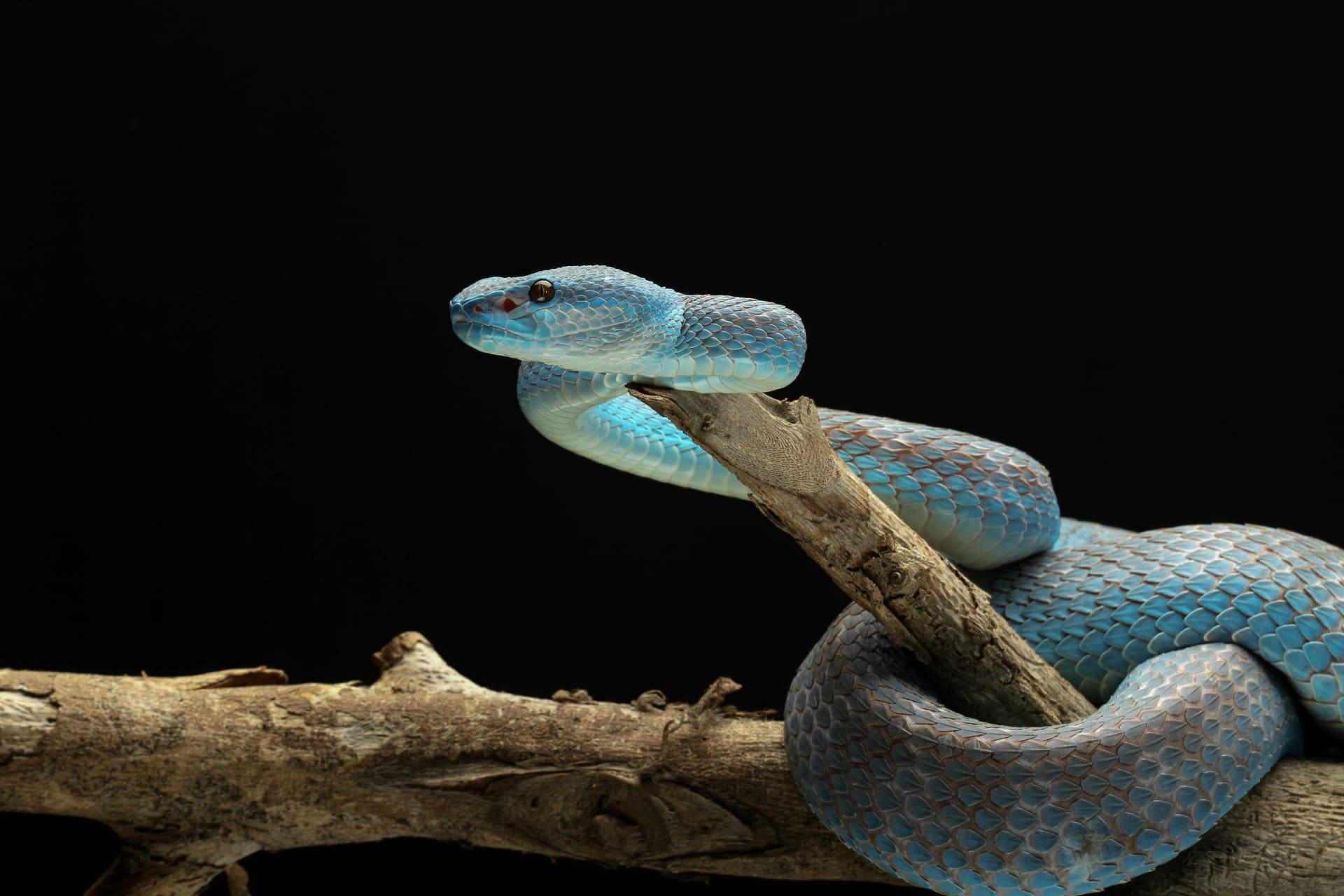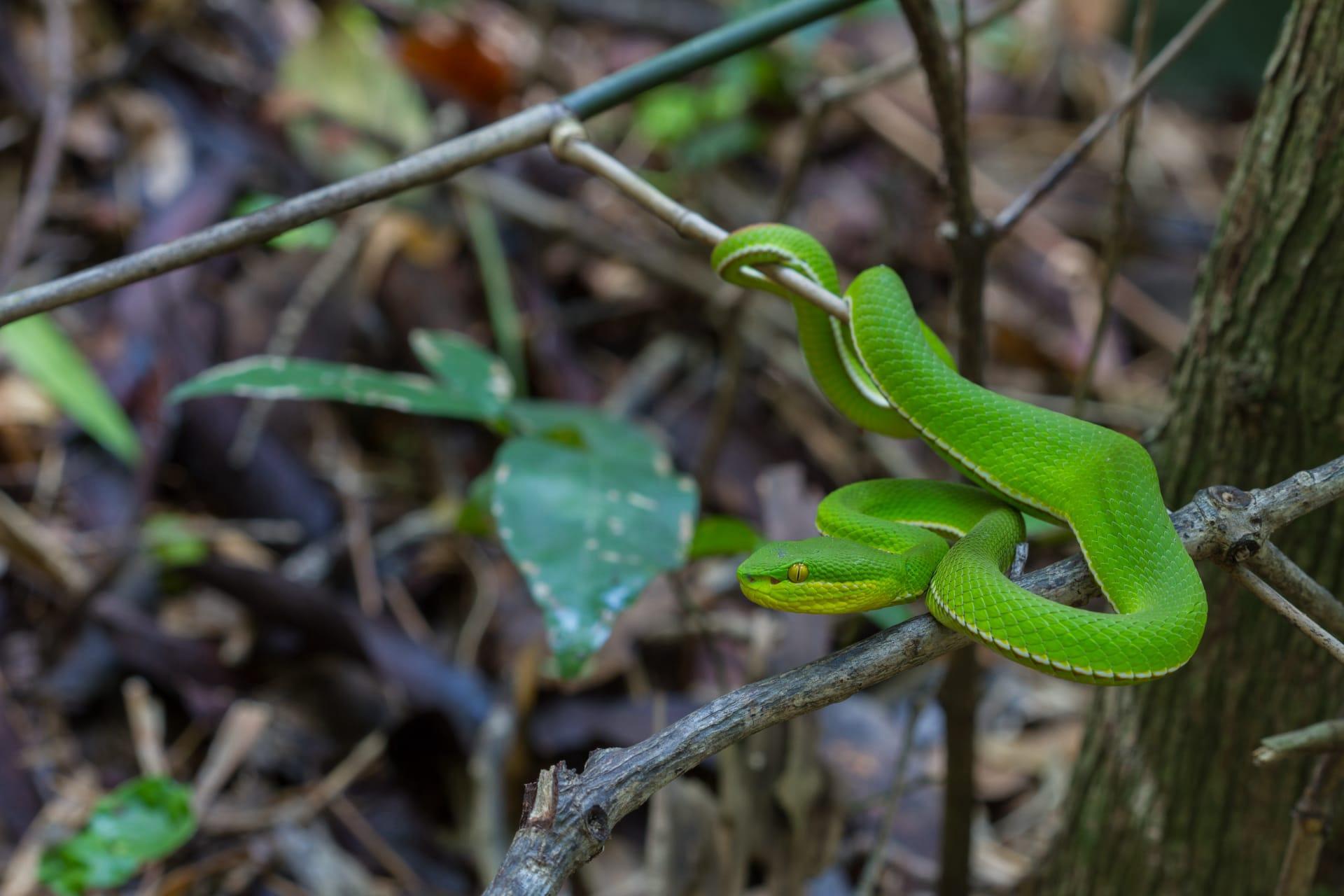Viper
- Home /
- Mini Encyclopedia /
- Animal /
- Viper
1
Vipers, belonging to the family Viperidae, are a diverse group of venomous snakes. There are over 200 species in this family, classified into two subfamilies: Viperinae (true vipers) and Crotalinae (pit vipers). True vipers, like the common European adder, lack heat-sensing pits and are found mainly in Europe, Asia, and Africa. Pit vipers, such as rattlesnakes and bushmasters, have heat-sensing pits between their eyes and nostrils and are native to the Americas and Asia.
Vipers are found in a variety of habitats, from deserts and rainforests to mountains and grasslands. They are notably absent from Australia, Madagascar, and various islands, showcasing their preference for continental land masses. Their distribution spans across continents, with a higher concentration in tropical and subtropical regions. For example, the Russell's viper is widespread in Southeast Asia, while the Gaboon viper inhabits rainforests in Africa.

2
Question: Do vipers always inject venom when they bite?
Answer: No, not always. Vipers, like many venomous snakes, can perform what's known as a "dry bite," where they bite without injecting venom. This is often a defensive act, used to deter predators or threats without wasting their venom, which is energetically costly to produce. Estimates suggest that up to 50% of viper bites on humans are dry bites. However, even a dry bite from a viper can be painful and requires medical attention due to the risk of infection.

3
Vipers have evolved several fascinating survival strategies. Their venom, a complex cocktail of enzymes and proteins, is their primary tool for subduing prey and self-defense. It can cause various effects, from blood clotting disorders to tissue damage, making it highly effective for hunting. Vipers also have a unique method of venom delivery: their long, hinged fangs can fold back when not in use and spring forward to inject venom.
Camouflage is another key survival tactic for vipers. Many species, like the Gaboon viper, have intricate patterns that blend seamlessly with their surroundings, making them almost invisible to both prey and predators. Some species, like the rattlesnake, have developed auditory warnings, such as the rattling of their tails, to ward off potential threats without engaging in conflict.

4
In the ecosystem, vipers play a crucial role as both predators and prey. As predators, they help control the population of their prey, which mainly includes rodents, birds, and small mammals. This control is vital for maintaining a balanced ecosystem, as overpopulation of these species can lead to crop damage and spread of diseases.
As prey, vipers contribute to the food chain by being a food source for larger predators like birds of prey and certain mammals. Their presence in an ecosystem indicates a healthy biodiversity level, as they are sensitive to environmental changes and can serve as indicators of ecological health.

5
Film: "Vipers in the Grass" (United States, 2019) is a documentary that explores the life and behavior of various viper species in North America. It delves into their hunting strategies, mating rituals, and the challenges they face in the wild.
Book: "Venomous Reptiles of the World" (United States, 2005) by Stephen Spawls and Bill Branch. This comprehensive guide covers various venomous reptiles, including vipers, detailing their habitats, behaviors, and conservation status.
Book: "The Secret World of Snakes" (United Kingdom, 2013) by James Martin. Focusing on snakes worldwide, this book includes a detailed section on vipers, offering insights into their unique adaptations and role in different cultures and myths.